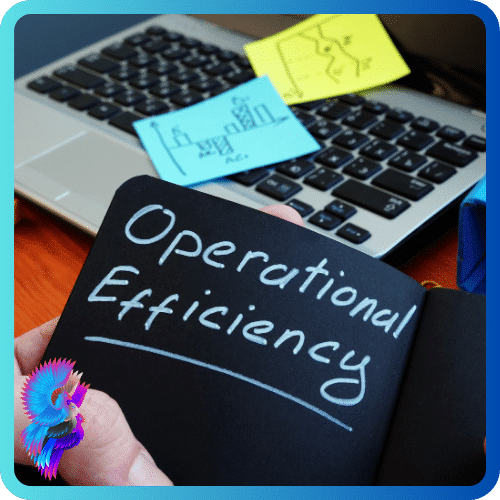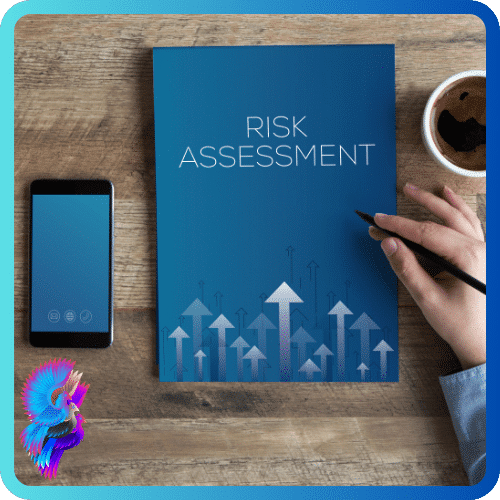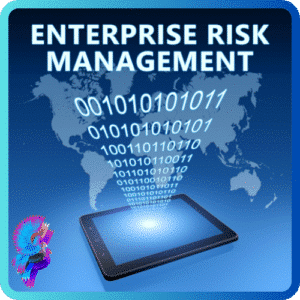Advertisements
Leveraging Information for Success
Introduction:
In the complex landscape of strategic planning and management, organizations are increasingly turning to Open Source Intelligence (OSINT) as a valuable tool to gather, analyze, and interpret information.
OSINT provides a wealth of publicly available data that, when strategically employed, can significantly enhance the decision-making processes associated with strategic planning and management.
This essay explores the intersection of OSINT with strategic planning and management, examining how the insights gained from open sources contribute to informed decision-making and organizational success.
I. OSINT as a Strategic Planning Resource:
1.Data Gathering and Analysis:
OSINT serves as a rich source of data for organizations engaged in strategic planning.
It enables the collection of diverse information from publicly available sources such as websites, social media, news outlets, and government publications.
2.Competitor Analysis:
Strategic planning involves understanding the competitive landscape. OSINT allows organizations to conduct thorough competitor analysis by monitoring their activities, market positioning, and public perception.
This information is crucial for identifying opportunities and potential threats.
3.Market Trends and Industry Insights:
OSINT provides real-time access to market trends and industry insights. By monitoring discussions, reports, and expert opinions in open sources, organizations can stay abreast of developments, anticipate changes, and align their strategic plans with emerging opportunities.
4.Global Geopolitical Analysis:
For organizations with an international presence, OSINT offers a means to analyze global geopolitical dynamics.
Understanding political, economic, and social factors from open sources aids in assessing risks, making informed investment decisions, and adapting strategic plans to geopolitical realities.
II. OSINT in Strategic Management:
1.Risk Assessment and Mitigation:
Strategic management involves identifying and mitigating risks.
OSINT plays a critical role in risk assessment by providing early indicators of potential disruptions, whether they are related to cybersecurity threats, geopolitical instability, or market changes.
2.Crisis Management:
In times of crisis, rapid and accurate information is crucial. OSINT facilitates crisis management by providing real-time updates on unfolding events, public sentiment, and the impact on stakeholders.
This enables organizations to make informed decisions to navigate through crises effectively.
3.Brand Reputation Management:
Strategic management includes safeguarding and enhancing brand reputation.
OSINT helps organizations monitor online sentiment, social media discussions, and news coverage to assess the public perception of the brand.
Proactive measures can then be taken to address any negative issues.
4.Strategic Alliances and Partnerships:
Identifying potential collaborators and forming strategic alliances is a key aspect of strategic management.
OSINT assists in researching and vetting potential partners by providing insights into their reputation, financial health, and past collaborations.
III. Methodologies and Tools:
1.Advanced Analytics:
OSINT leverages advanced analytics, including machine learning and natural language processing, to sift through vast amounts of data.
This enables organizations to extract actionable insights and trends from open sources efficiently.
2.Social Media Monitoring:
Strategic planners and managers use OSINT tools to monitor social media platforms for discussions relevant to their industry, brand, or competitors. This real-time monitoring helps in gauging public sentiment and identifying emerging issues.
3.Geospatial Analysis:
Geospatial analysis in OSINT involves mapping and analyzing information based on geographic locations.
This is valuable for organizations with a global footprint, aiding in understanding regional dynamics and assessing the impact on strategic initiatives.
4. **Threat Intelligence Platforms:
Organizations employ threat intelligence platforms that utilize OSINT to gather information on potential cybersecurity threats, vulnerabilities, and emerging attack vectors.
This proactive approach enhances the organization’s cybersecurity posture.
IV. OSINT and Decision-Making in Strategic Planning:
1.Informed Decision-Making:
OSINT equips decision-makers with a comprehensive understanding of the external environment.
In strategic planning, informed decision-making is critical, and OSINT ensures that decisions are based on accurate, up-to-date, and relevant information.
2.Scenario Planning:
OSINT aids in scenario planning by providing a diverse range of data points.
Organizations can explore multiple scenarios, anticipate potential outcomes, and develop strategic plans that are flexible and adaptive to different future conditions.
3.Dynamic Adaptation:
The real-time nature of OSINT allows organizations to dynamically adapt their strategic plans.
As situations evolve, decision-makers can adjust their strategies based on the latest information, ensuring that the organization remains agile and responsive to change.
V. Ethical Considerations and Challenges:
1.Privacy Concerns:
OSINT involves gathering information from publicly available sources, but ethical considerations arise when dealing with personal data.
Organizations must navigate privacy concerns and ensure compliance with data protection regulations.
2.Misinformation and Disinformation:
– The abundance of information on the internet includes misinformation and disinformation. OSINT practitioners must be vigilant in assessing the credibility of sources and verifying information to avoid relying on inaccurate data.
3.Legal Compliance:
Organizations utilizing OSINT must adhere to legal and ethical standards. Compliance with data protection laws, intellectual property rights, and ethical guidelines is essential to avoid legal repercussions.
VI. Future Trends and Conclusion:
1.Integration with AI and Automation:
The future of OSINT involves increased integration with artificial intelligence (AI) and automation.
AI-driven tools will enhance the efficiency of data analysis, enabling organizations to process vast amounts of information quickly and accurately.
2.Enhanced Collaboration Platforms:
Collaboration platforms that facilitate information sharing among organizations will become more prevalent.
Enhanced collaboration allows for collective intelligence gathering and analysis, particularly in areas like cybersecurity and global threat assessment.
In conclusion,
Open Source Intelligence has become an indispensable component of both strategic planning and management.
By harnessing the vast information available in open sources, organizations can make informed decisions, manage risks, and adapt to dynamic environments.
As technology continues to advance, the integration of OSINT with strategic planning and management processes will play a pivotal role in shaping the success and resilience of organizations in an ever-evolving landscape. However, it is imperative for organizations to approach OSINT with ethical considerations and a commitment to legal compliance to ensure its responsible and effective use.
Advertisements























